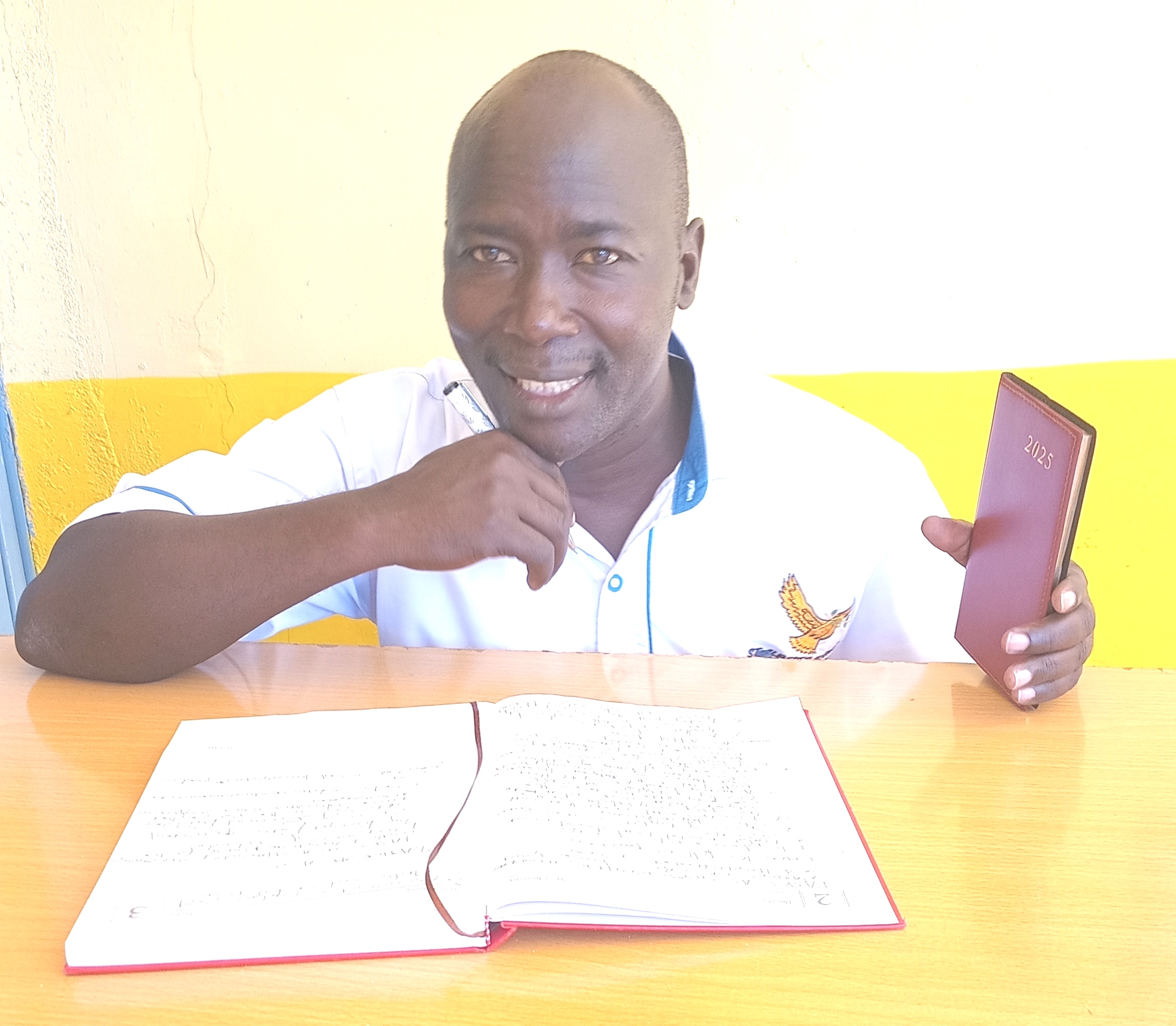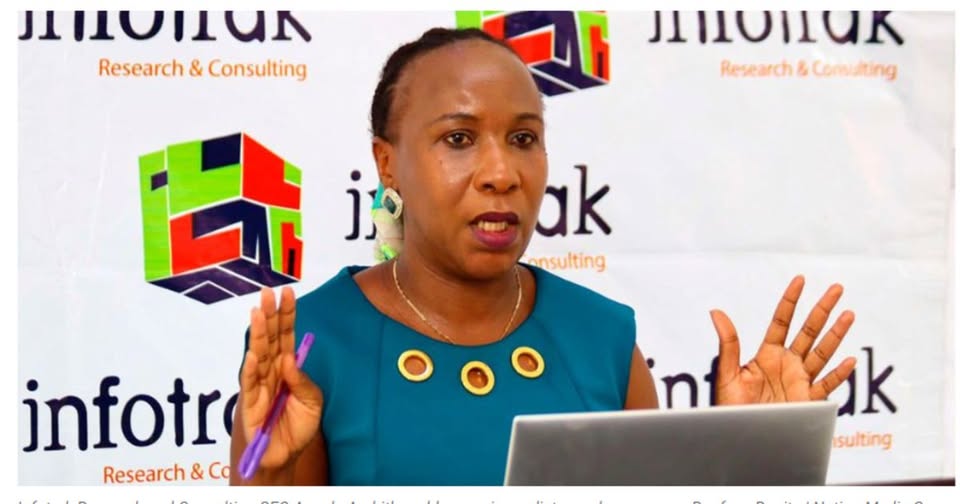The selection of pathways in the new curriculum dispensation has elicited a furor among Kenyan educators, scholars, parents, employers and other stakeholders as major players in education since the issuance of the recently published ‘Guidelines on Selection and Placement of Learners to Senior Schools’, by The Ministry of Education (MoE) hence the need to continually shed light on the acrimonious areas regarding subject selection, placement of learners in senior schools and the resulting career fulfilment.
Here are some of the key puzzles causing acrimony as the public goes through the guidelines: What happens when Mathematics becomes optional? Does this make it occupy a lesser space in the new dispensation? Does this direction deny our children global competitiveness? Is Competence-Based Curriculum (CBC) rigid?
According to the guidelines, the selection of clusters and career pathways is a process that ends at junior school, more so in Grade nine.
Senior School learners, grades nine to twelve, shall take a total of seven learning areas, formerly subjects. Four are mandatory core subjects. They are English, Physical Education, Kiswahili/ Kenya Sign Language and Community Service Learning. Three other subjects shall be elected from the pathway tracks of choices, making the entire learning area (subjects) seven. For instance, a learner pursuing Electrical Engineering will go for any three out of the four Pure Sciences (Biology, Physics, Mathematics and Chemistry), in which case, Mathematics is a pure science.
So, this learner can select Mathematics, Physics, and Chemistry and later advance in Electrical Engineering at post-senior levels. A medicine-oriented student will choose Biology, Chemistry, and Mathematics in the same pathway track. Options under this track are even more numerous since a Mathematics, Chemistry, and Physics student can choose Pharmaceutical Technology as a branch of Medicine.
Essentially, Mathematics is an optional subject in the new Competency-Based Education. This is to make basic education equally accessible to all. What does this mean? It means that children in marginalized ASAL areas where adequate teachers of Mathematics and Science are lacking will now be taken care of in the all-inclusive and responsive curriculum.
According to the New Mathematics Curriculum Design for Junior Schools, there is no justification whatsoever to have Mathematics as a compulsory learning area at Senior Schools because the Mathematical concepts taught up to grade nine are just enough for art-oriented careers. Grades seven to nine do basic Mathematics for Forms One to Four in the 8.4.4 curriculum. This means the learner will have done sufficient Mathematics by the time they are in Grade Nine. The resistance and adamant that Mathematics should not be optional is only informed by our traditional way of learning because it is feared. It is important to note that even in the current courses at the universities, Mathematics is important, but not for all of them.
Therefore, making it compulsory as it is in the 8.4.4 curriculum is a kin to assessing whether lizards can swim like fish. If they do not, we condemn them to failure. This fish-lizard analogy is what might have informed the framers of the new curriculum to assess lizards on only climbing the walls because that is what they are good at, then ensure they are allocated duties[careers] of climbing walls. In this way, CBC postulates that the lizards (Social Sciences) choose their career paths, as the fish [STEM] also decide their career paths with neither prejudice nor discrimination.
One key requirement for consideration is the Scholastic Aptitude Test (SAT), a standardized test widely used by colleges and universities in the USA, Europe, and Australia to make admissions decisions.
SAT assesses English (Reading and Writing) and Mathematics skills every year when our post-high school students seek educational opportunities in the West for better career prospects. Does this, therefore, put our students at a disadvantage for such opportunities when they drop Mathematics as a subject early in their education? No. Suppose the learner acquires the required competencies by Grade Nine. That should be sufficient for them to pass the SAT and other international admissions tests like American College Testing (ACT) and the new alternative CLT – Classic Learning Test, which provides academic assessments for Grades Three to Twelve that evaluate Reading, Grammar, Writing and Mathematics.
READ ALSO:
The SAT is taken in Kenya at Oshwal Academy, International School of Kenya, and Brookhouse International School in Nairobi. Proper learning should happen at an earlier stage so that those who do not continue with Mathematics will have gained sufficient competence for non-mathematical courses to gain global competitiveness.
Moving on to Social Sciences, a Grade Nine doing well in, for example, English, Social Studies, Kiswahili / Kenya Sign Language, and Religious Education is likely to pursue the track of Language and Literature as she selects any THREE from a pool of Literature in English, Fasihi ya Kiswahili, Sign Language, Arabic, Mandarine Chinese, German, Indigenous Languages and French. These may be English, Fasihi ya Kiswahili and French on top of the FOUR CORE SUBJECTS: Seven learning areas.
In the same pathway, again, for instance, a child who has passed Social Studies, English/Kiswahili/KSL, Religious Education and Pre-Technical Studies is definitely going for the Humanities track in Senior School. This track includes Religious Education, History and Citizenship, Business Studies and Geography. Again, any three of these plus the four core subjects to add up to seven examinable subjects.
Can a STEM student become an educator? Yes, a big yes! A student of Mathematics and sciences will take the STEM Pathway and then study for a Bachelor of Education at the university to become a teacher of Mathematics and Science.
This means that the pathways are not rigid trajectories. This flexibility allows students to transfer between various pathways if their interests, abilities, and career aspirations change. Pathways and institutional transfers are well articulated in the Munavu-led Presidential Working Party on Education Reforms 2024 report [ PWPER] for CBC implementations.
READ ALSO:
Nyamira County launches nutrition programme for ECDE learners to boost enrollment
Finally, on placement, Senior Schools are categorized by Pathway and Accommodation type. Pathway Senior Schools are categorized into Triple Pathways Senior Schools, which handle all three pathways – STEM, ARTS/SPORTS, and SOCIAL SCIENCES. Dual Pathways handle any two of the three pathways. Accommodation categorization also takes into account Day Senior Schools, Hybrid Senior Schools, and Day and Boarding Schools.
Learners in Day Senior Schools will commute daily from their homes and do not reside in schools. In Hybrid Senior Schools, however, some learners will commute daily from their homes and do not reside in schools, while others provide on-school residential facilities.
Successful transmission and placement of learners in Senior Schools in Kenya and the rest of the world, and thereby, universities, will strongly depend on the esteemed career teachers. This cadre of teachers should undergo robust training in Career Guidance and Counseling to sufficiently understand the demands of CBE. Their offices should be embraced so that the teachers, students, and parents can be assisted in understanding how course selection at the university will be done.
Therefore, it is imperative for the government to intensify vibrant public awareness of Competency Education and train more teachers in Career Guidance so that all education stakeholders can make informed choices for a better society.
By Erick Oteyo
The writer of the above article is a teacher at ST. Albert’s School, Ulanda Girls’ High School, Migori County.
Email : erickoteyo@gmail.com
You can also follow our social media pages on Twitter: Education News KE and Facebook: Education News Newspaper for timely updates.
>>> Click here to stay up-to-date with trending regional stories
>>> Click here to read more informed opinions on the country’s education landscape
>>> Click here to stay ahead with the latest national news.






